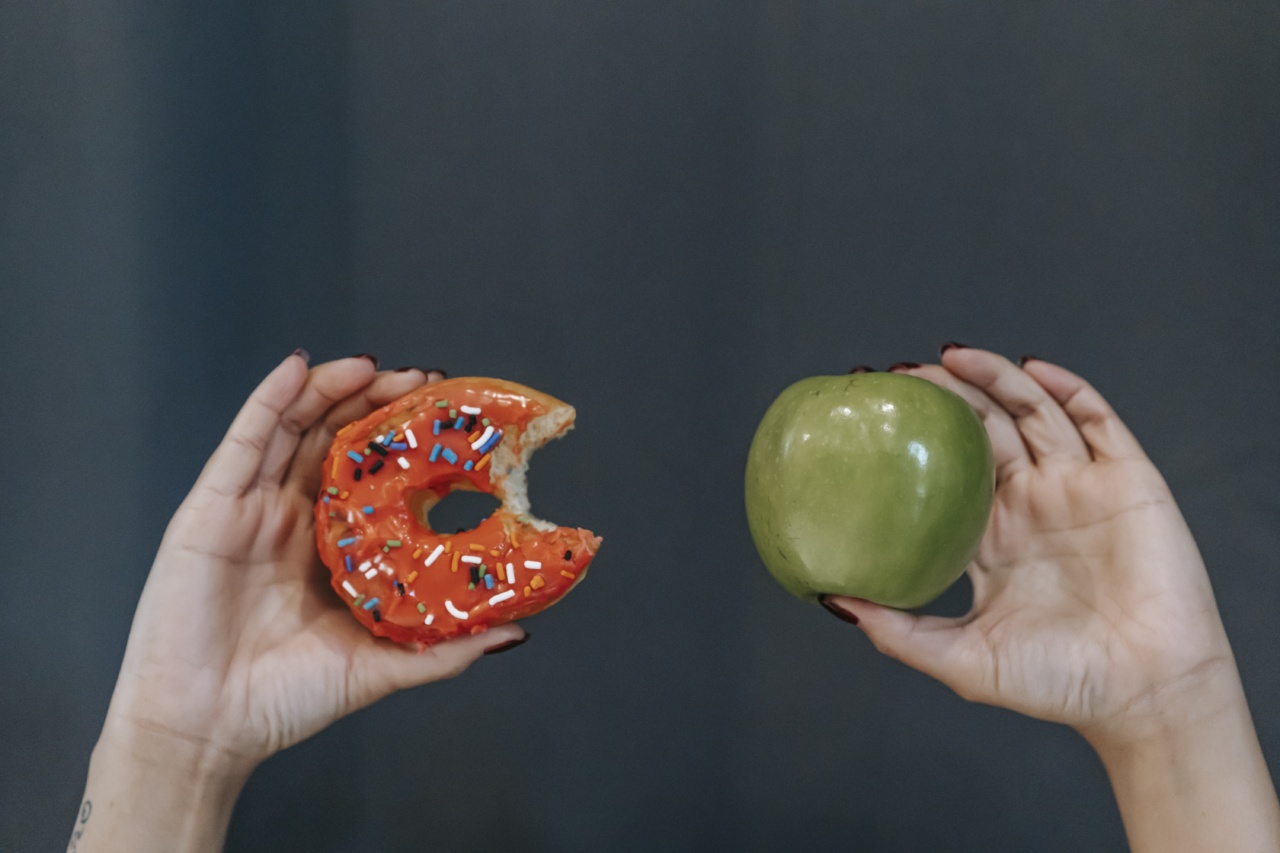Food intolerances are quite common, with more than 15 million Americans currently suffering from them. This means that when you consume certain foods, your body reacts negatively, leading to a range of symptoms.
One of the ways in which food intolerances can manifest is through skin issues. In this article, we’ll take a closer look at the kinds of food intolerances that can show up on your skin.
1. Gluten Intolerance
Gluten is a protein found in grains such as wheat, barley, and rye. For some people, consuming gluten causes a range of symptoms, including skin problems. Gluten intolerance can lead to skin rashes, itchiness, hives, and even painful blisters.
These skin issues can occur anywhere on the body.
2. Dairy Intolerance
Dairy intolerance is relatively common, affecting up to 75% of the world’s population. When someone is intolerant to dairy, consuming milk, cheese, or other dairy products can cause a range of symptoms, including skin problems.
Common skin issues associated with dairy intolerance include acne, rosacea, and eczema.
3. Soy Intolerance
Soy is a common ingredient in many foods, including processed foods, sauces, and desserts. However, some people are intolerant to soy, meaning that consuming it can cause a range of symptoms.
Soy intolerance can lead to skin issues such as hives, rashes, and eczema.
4. Seafood Intolerance
Seafood intolerance is relatively rare but can cause severe reactions, including skin issues. When someone is intolerant to seafood, consuming it can cause hives, rashes, and even anaphylaxis.
Skin issues associated with seafood intolerance can occur anywhere on the body and can be very uncomfortable.
5. Histamine Intolerance
Histamine is a chemical that occurs naturally in some foods, and in the body itself. For some people, consuming foods that are high in histamine can cause a range of symptoms, including skin problems.
Histamine intolerance can lead to rashes, hives, and even flushing.
6. Corn Intolerance
Corn is a commonly used ingredient in processed foods and can be found in many unexpected products. However, some people are intolerant to corn, meaning that consuming it can cause a range of symptoms.
Corn intolerance can cause skin issues such as itching, rashes, and even acne.
7. Peanut Intolerance
Peanut intolerance is relatively common and can cause a range of symptoms, including skin issues. When someone is intolerant to peanuts, consuming them can cause hives, rashes, and even anaphylaxis.
Skin issues associated with peanut intolerance can occur anywhere on the body and can be very unpleasant.
8. Egg Intolerance
Egg intolerance is relatively common, and when someone is intolerant to eggs, consuming them can cause a range of symptoms, including skin problems. Egg intolerance can lead to skin rashes, hives, and even eczema.
9. Caffeine Intolerance
Caffeine is a stimulant commonly found in coffee, tea, and energy drinks. While most people can consume caffeine without any issues, some people are intolerant to it. Caffeine intolerance can lead to skin problems such as rashes, hives, and even acne.
10. Nightshade Intolerance
Nightshades are a group of plants that include tomatoes, potatoes, and peppers. While most people can consume these foods without any issues, some people are intolerant to nightshades.
Nightshade intolerance can lead to skin issues such as rashes, hives, and even eczema.
Final Thoughts
Food intolerances can be very frustrating, especially when they lead to uncomfortable skin problems. By identifying the foods that cause you issues, you can take steps to avoid them and reduce your symptoms.
If you suspect that you have a food intolerance, make sure to talk to your healthcare provider for advice on diagnosis and treatment.































